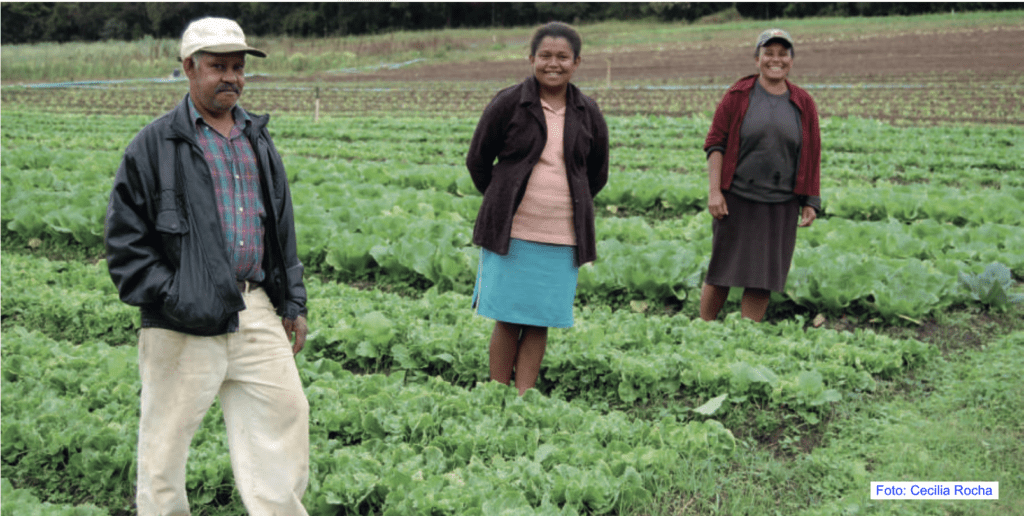Brazil
The right to good food has been enshrined in the Brazilian Constitution since 2010, and even before that, Brazil had laws obliging the state to guarantee good food for all Brazilians.
By including the right to good food in the Constitution, Brazil is fulfilling agreements made in 1948 by UN countries. As part of the Universal Declaration of Human Rights, UN countries agreed that good food is a human right. The treaty also emphasizes that countries should include this right in their constitutions.
To give substance to the right to good food, Brazil has set up, among other things, community canteens where people can eat a healthy meal for free or on a small budget. There are also food banks that give away food to people with limited resources. They use locally produced food as much as possible.

Canteens have a long history in Brazil. Since the 1950s, they have offered inexpensive meals to people in increasingly industrialized cities, based on the idea that providing good, affordable food would boost productivity. In these canteens, cooking classes and workshops about healthy eating were also offered.
During the military regime, from 1964 to 1985, these public services for good food fell into disuse.
More recently, with new legislation and the constitutional right to good food, community kitchens have reopened. These simply furnished restaurants serve lunch—the most important meal in Brazil—and sometimes breakfast or dinner as well. Many of the visitors come from socio-economically vulnerable groups, but students, the elderly, and single people also frequent them.
Brazil distinguishes between so-called “popular restaurants” and community kitchens. Popular restaurants are located in cities with more than 100,000 inhabitants and can serve up to 1,000 meals per day. Community kitchens are located in municipalities with more than 50,000 inhabitants and can serve up to 100 meals per day.


